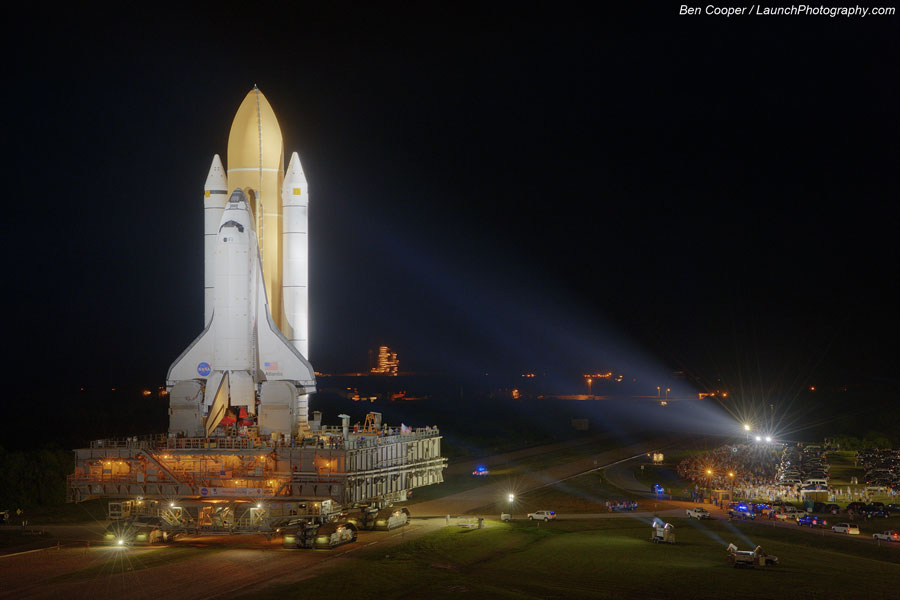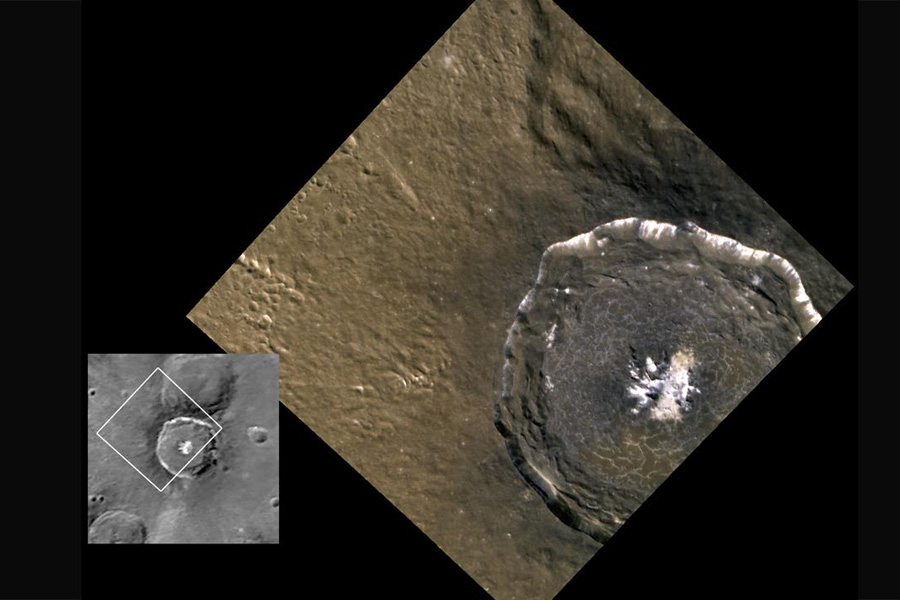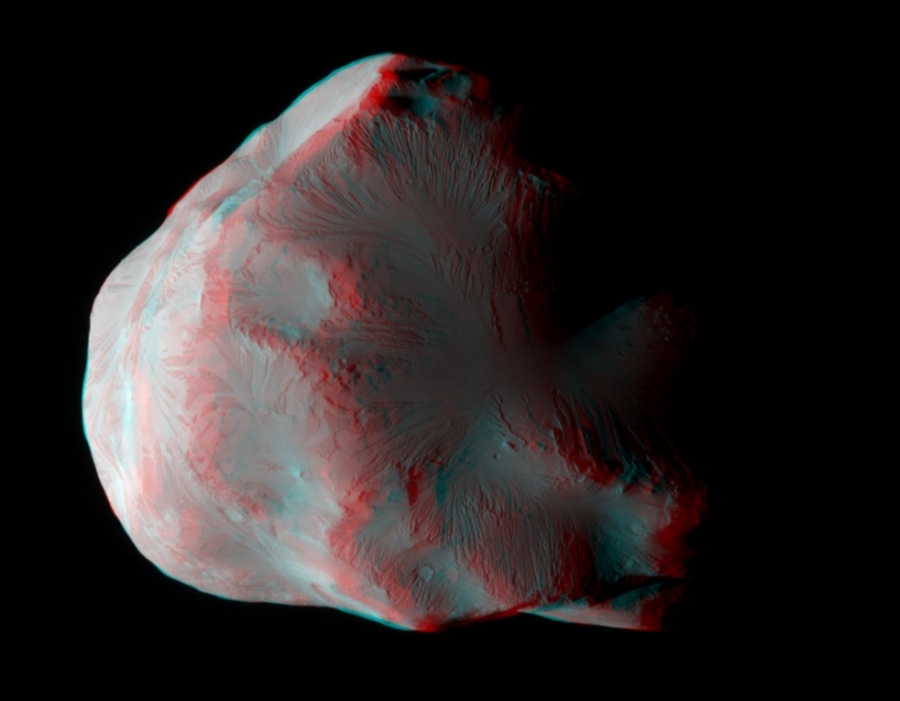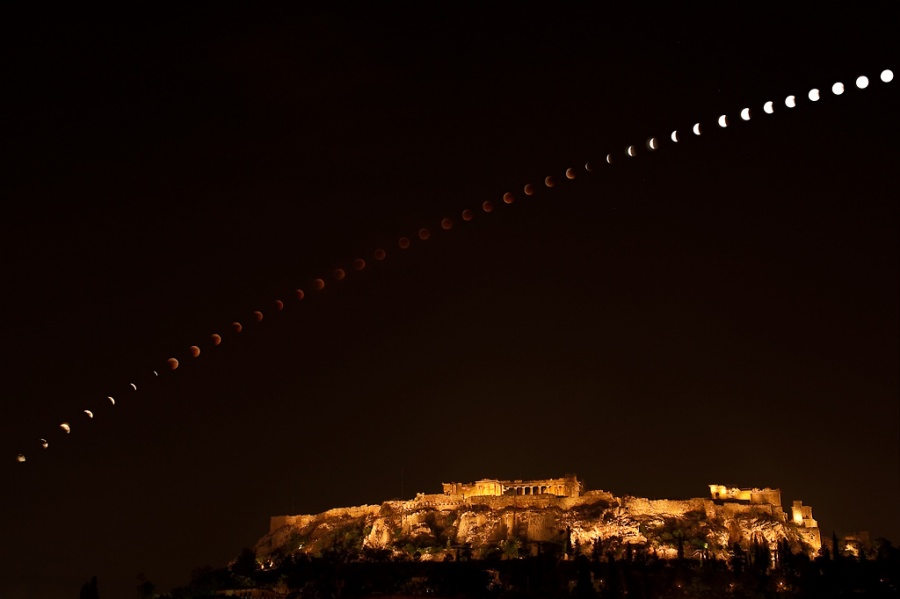Poll: Astronomy Picture of the Week for 2011 June 19-25
Posted: Tue Jun 28, 2011 2:26 am
_______________________________________________________________
Please vote for the TWO best Astronomy Pictures of the Day (image and text) of June 19-25, 2011.
(Repeated APODs are not included in the poll.)
All titles are clickable and link to the original APOD page.
We ask for your help in choosing an APOW as this helps Jerry and Robert create "year in APOD images" review lectures, create APOM and APOY polls that can be used to create a free PDF calendar at year's end, and provides feedback on which images and APODs were relatively well received. You can select two top images for the week.
We are very interested in why you selected the APODs you voted for, and enthusiastically welcome your telling us why by responding to this thread.
Thank you!
_______________________________________________________________
<- Previous week's poll
In the final move of its kind, NASA's space shuttle Atlantis was photographed earlier this month slowly advancing toward Launch Pad 39A, where it is currently scheduled for a July launch to the International Space Station. The mission, designated STS-135, is the 135th and last mission for a NASA space shuttle. Atlantis and its four-person crew will be carrying, among other things, the Multi-Purpose Logistics Module Raffaello to bring key components and supplies to the ISS. Pictured above, the large Shuttle Crawler Transporter rolls the powerful orbiter along the five-kilometer long road at less than two kilometers per hour. Over 15,000 spectators, some visible on the right, were on hand for the historic roll out. A celestial prelude to today's solstice, the June 15 total lunar eclipse was one of the longest in recent years. It was also one of the darkest, but not completely dark. Even during totality, a somber, red lunar disk could be seen in the starry night sky, reflecting reddened light falling on to its surface. Seen from a lunar perspective, the ruddy illumination is from all the sunsets and sunrises around the edges of a silhouetted Earth. In this sharp portrait of the eclipsed Moon from Granada, Spain, the Moon's edge reflects a bluish tinge as well as it emerges from Earth's umbral shadow. The bluer light is still filtered through Earth's atmosphere, but originates in rays of sunlight passing through layers high in the upper stratosphere. That light is colored by ozone that absorbs red light and transmits bluer hues. Now imaging inner planet Mercury from orbit, the MESSENGER spacecraft wide angle camera has returned this impressive color view of Degas Crater, with a full resolution of 90 meters per pixel. Named for the impressionist painter, the 52 kilometer diameter crater is also shown in an inset context image from the Mariner 10 flyby mission in the mid 1970s. In MESSENGER's view, the crater floor is seen to be filled with an intricate series of cracks, formed as the molten surface resulting from the impact cooled and contracted. Starkly bright, patchy deposits, suggesting compositional differences and freshly exposed material, standout around the crater's central peaks and walls. Details of similar bright deposits are seen in even higher resolution images from MESSENGER. Get out your red/blue glasses and float next to Helene, small, icy moon of Saturn. Appropriately named, Helene is one of four known Trojan moons, so called because it orbits at a Lagrange point. A Lagrange point is a gravitationally stable position near two massive bodies, in this case Saturn and larger moon Dione. In fact, irregularly shaped ( about 36 by 32 by 30 kilometers) Helene orbits at Dione's leading Lagrange point while brotherly ice moon Polydeuces follows at Dione's trailing Lagrange point. The sharp stereo anaglyph was constructed from two Cassini images (N00172886, N00172892) captured during the recent close flyby. It shows part of the Saturn-facing hemisphere of Helene mottled with craters and gully-like features. The best known asterism in northern skies, The Big Dipper is easy to recognize, though some might see The Plough. Either way, the star names and the familiar outlines will appear in this thoughtfully composed 24 frame mosaic when you slide your cursor over the image. Dubhe, alpha star of the dipper's parent constellation Ursa Major is at the upper right. Together with beta star Merak below, the two form a line pointing the way to Polaris and the North Celestial Pole off the top edge of the field. Notable too in skygazing lore Mizar, second star from the left in the dipper's handle, forms a vision-testing visual double star with apparently close Alcor. Also identified in the famous star field are Messier catalog objects. Download the higher resolution image to hunt for exquisite views of some of Messier's distant spiral galaxies and a more local owl. The total phase of the June 15 lunar eclipse lasted an impressive 100 minutes. Its entire duration is covered in this composite of a regular sequence of digital camera exposures, tracking the dark lunar disk as it arced above the Acropolis in Athens, Greece. In fact, around 270 BCE Greek astronomer Aristarchus also tracked the duration of lunar eclipses, though without the benefit of digital clocks and cameras. Still, using geometry, he devised a simple and impressively accurate way to calculate the Moon's distance, in terms of the radius of planet Earth, from the eclipse duration. A more modern Greek astronomer, Elias Politis titled this eclipse duration study and the accompanying youtube timelapse video "Acropoclipse".
<- Previous week's poll
Please vote for the TWO best Astronomy Pictures of the Day (image and text) of June 19-25, 2011.
(Repeated APODs are not included in the poll.)
All titles are clickable and link to the original APOD page.
We ask for your help in choosing an APOW as this helps Jerry and Robert create "year in APOD images" review lectures, create APOM and APOY polls that can be used to create a free PDF calendar at year's end, and provides feedback on which images and APODs were relatively well received. You can select two top images for the week.
We are very interested in why you selected the APODs you voted for, and enthusiastically welcome your telling us why by responding to this thread.
Thank you!
_______________________________________________________________
<- Previous week's poll
In the final move of its kind, NASA's space shuttle Atlantis was photographed earlier this month slowly advancing toward Launch Pad 39A, where it is currently scheduled for a July launch to the International Space Station. The mission, designated STS-135, is the 135th and last mission for a NASA space shuttle. Atlantis and its four-person crew will be carrying, among other things, the Multi-Purpose Logistics Module Raffaello to bring key components and supplies to the ISS. Pictured above, the large Shuttle Crawler Transporter rolls the powerful orbiter along the five-kilometer long road at less than two kilometers per hour. Over 15,000 spectators, some visible on the right, were on hand for the historic roll out. A celestial prelude to today's solstice, the June 15 total lunar eclipse was one of the longest in recent years. It was also one of the darkest, but not completely dark. Even during totality, a somber, red lunar disk could be seen in the starry night sky, reflecting reddened light falling on to its surface. Seen from a lunar perspective, the ruddy illumination is from all the sunsets and sunrises around the edges of a silhouetted Earth. In this sharp portrait of the eclipsed Moon from Granada, Spain, the Moon's edge reflects a bluish tinge as well as it emerges from Earth's umbral shadow. The bluer light is still filtered through Earth's atmosphere, but originates in rays of sunlight passing through layers high in the upper stratosphere. That light is colored by ozone that absorbs red light and transmits bluer hues. Now imaging inner planet Mercury from orbit, the MESSENGER spacecraft wide angle camera has returned this impressive color view of Degas Crater, with a full resolution of 90 meters per pixel. Named for the impressionist painter, the 52 kilometer diameter crater is also shown in an inset context image from the Mariner 10 flyby mission in the mid 1970s. In MESSENGER's view, the crater floor is seen to be filled with an intricate series of cracks, formed as the molten surface resulting from the impact cooled and contracted. Starkly bright, patchy deposits, suggesting compositional differences and freshly exposed material, standout around the crater's central peaks and walls. Details of similar bright deposits are seen in even higher resolution images from MESSENGER. Get out your red/blue glasses and float next to Helene, small, icy moon of Saturn. Appropriately named, Helene is one of four known Trojan moons, so called because it orbits at a Lagrange point. A Lagrange point is a gravitationally stable position near two massive bodies, in this case Saturn and larger moon Dione. In fact, irregularly shaped ( about 36 by 32 by 30 kilometers) Helene orbits at Dione's leading Lagrange point while brotherly ice moon Polydeuces follows at Dione's trailing Lagrange point. The sharp stereo anaglyph was constructed from two Cassini images (N00172886, N00172892) captured during the recent close flyby. It shows part of the Saturn-facing hemisphere of Helene mottled with craters and gully-like features. The best known asterism in northern skies, The Big Dipper is easy to recognize, though some might see The Plough. Either way, the star names and the familiar outlines will appear in this thoughtfully composed 24 frame mosaic when you slide your cursor over the image. Dubhe, alpha star of the dipper's parent constellation Ursa Major is at the upper right. Together with beta star Merak below, the two form a line pointing the way to Polaris and the North Celestial Pole off the top edge of the field. Notable too in skygazing lore Mizar, second star from the left in the dipper's handle, forms a vision-testing visual double star with apparently close Alcor. Also identified in the famous star field are Messier catalog objects. Download the higher resolution image to hunt for exquisite views of some of Messier's distant spiral galaxies and a more local owl. The total phase of the June 15 lunar eclipse lasted an impressive 100 minutes. Its entire duration is covered in this composite of a regular sequence of digital camera exposures, tracking the dark lunar disk as it arced above the Acropolis in Athens, Greece. In fact, around 270 BCE Greek astronomer Aristarchus also tracked the duration of lunar eclipses, though without the benefit of digital clocks and cameras. Still, using geometry, he devised a simple and impressively accurate way to calculate the Moon's distance, in terms of the radius of planet Earth, from the eclipse duration. A more modern Greek astronomer, Elias Politis titled this eclipse duration study and the accompanying youtube timelapse video "Acropoclipse".
<- Previous week's poll





